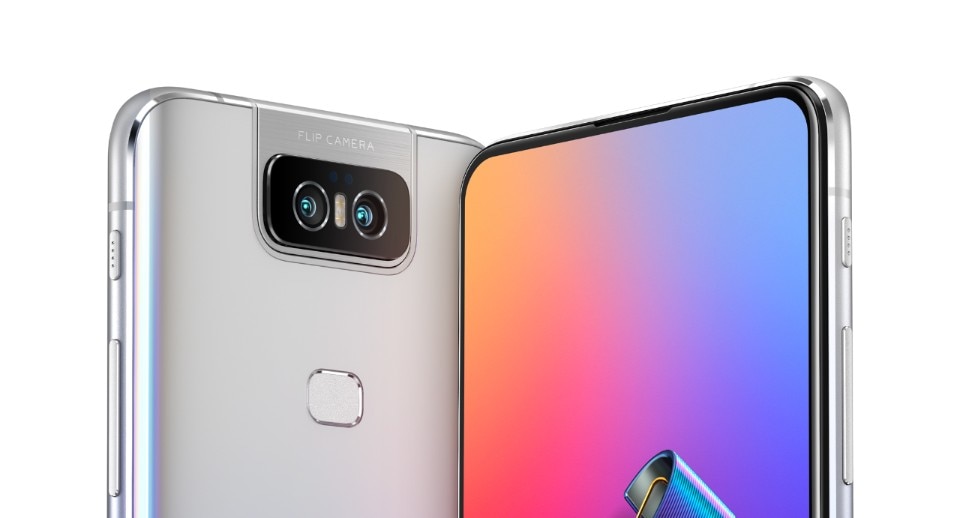ASUS has launched the new ZenFone 6, a flagship smartphone with top-of-the-line specs, an affordable price and an unusual feature: a Flip Camera. As the name suggests, the Flip Camera is a reversible lens-module that acts both as a rear-facing and front-facing selfie camera, thus eliminating the need for a notch or a punch-hole and enabling a borderless full-screen experience.
Of all the solutions to the nagging notch issue we’ve seen so far, the ZenFone’s new Flip Camera is probably the most advanced, almost to the point of being over-engineered, and certainly the quirkiest. The camera module is made of Liquid Metal, a special alloy that is both extremely hard and extremely flexible, while the mechanism that makes the lenses swivel around an off-center axis packs a sensitive stepper motor along with more than a dozen gears, bearings, couplings, and other tiny mechanical components.
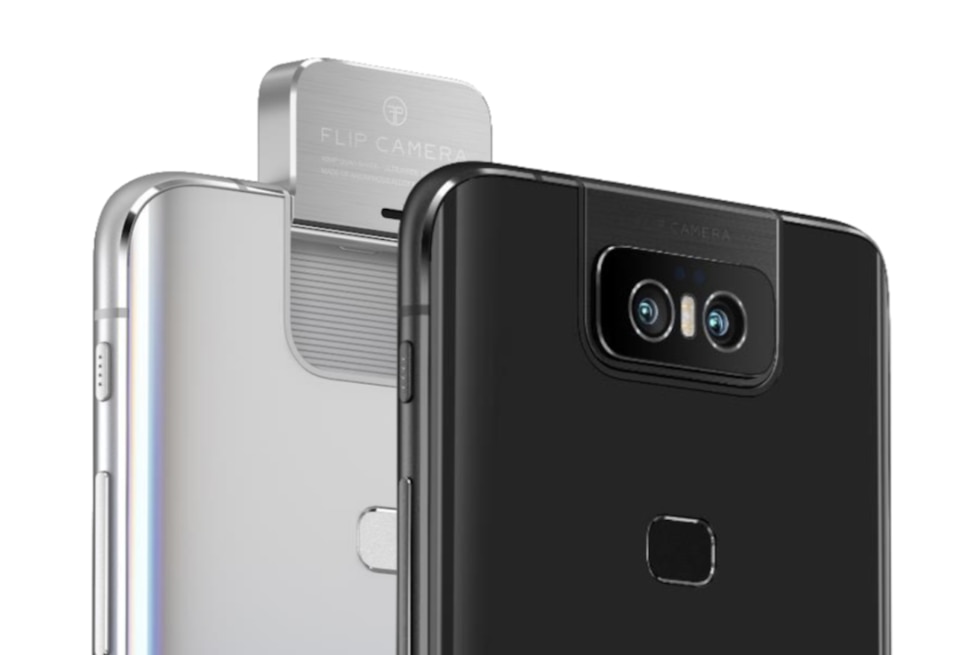
One month ago, during a visit to the company’s main headquarters in Taipei, Taiwan, Asus gave us a rare sneak peak at the whole multi-year design process that led to the final version of the ZenFone 6 the hit the shelves yesterday. In Taipei we had the exclusive opportunity to sit down with Josh Yang, Product Manager for the ZenFone 6 project, and Pott Tai, an industrial designer from the Asus Design Center who worked on the ZenFone 6, to talk about the product’s journey and the current and future trends in smartphones’ design.
Mr Yang, how did you come to decide that a flippable camera was the right solution to the “notch issue”?
Josh Yang: We went the usual way, with a lot of customer surveys in different markets, such a Taiwan, Europe and India. We usually sit down face-to-face with our customers, that’s were it all starts. Of course we thought we had some good ideas, but we wanted to discuss them with users panels first. There was also a lot of debate and brainstorming with other teams inside the company.
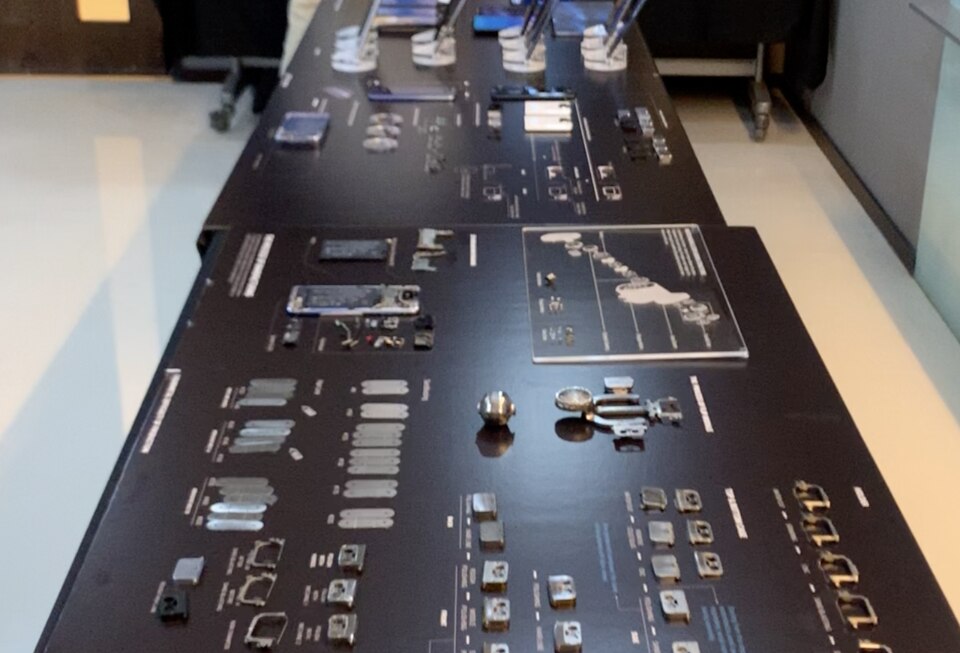
Is there someone inside the company that could be considered “the father” of the Flip Camera, someone who had this idea first or that finally said “ok, let’s go this way”?
Josh Yang: No, there isn’t a single person that made the decision to go with a flippable camera design on the ZenFone 6, it was a distributed process. That’s how products are usually developed at Asus. I think that’s also why we feel like this smartphone really embodies Asus’ DNA.
The engineering complexity of the Flip Camera is also part of Asus DNA?
Josh Yang: That, and the fact that it was a communal process, the fact that people inside the company have reached a consensus on what the product was supposed to be. It felt “very Asus” to me».
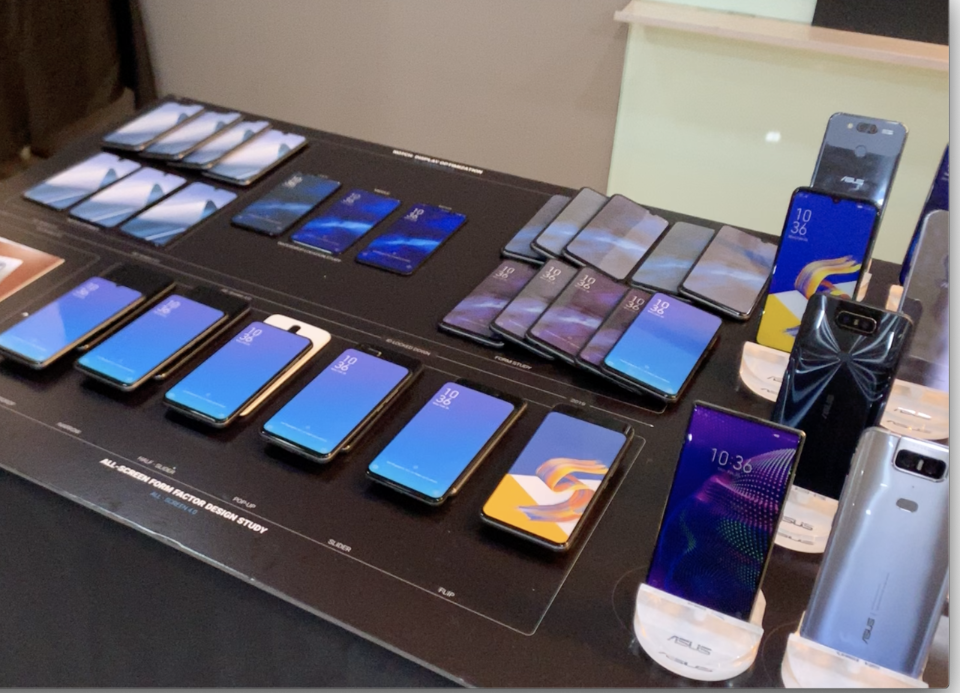
Mr. Pott Tai, how hard is it for a designer to make their voice heard inside an engineering-driven company like Asus?
Pott Tai: Asus is indeed a company with a strong engineering culture, but our engineers usually do their best to listen to us designer and find a way forward together. Our Chairman Jonney Shih is an engineer himself, but since at least ten years he’s pushing the philosophy of design thinking into all of our product development processes. It’s a great way, together with prototyping, to cater to the users’ needs and solve their paint points efficiently.
So, about the Flip Camera: why has no other manufacturer thought of a solution like that before to get rid of the notch?
Josh Yang: Because it is extremely difficult to make, from the materials science behind the components, to the engineering that goes into redesigning the smartphone around it and eventually to the problem of production. We were able to achieve it thanks to our expertise in designing motherboards for laptops and because we started the development quite early, so we had time. We had to re-engineer the main PCB completely in order to make it fit into the device; we came up with a layered solution that takes half the space. It wasn’t easy at all.
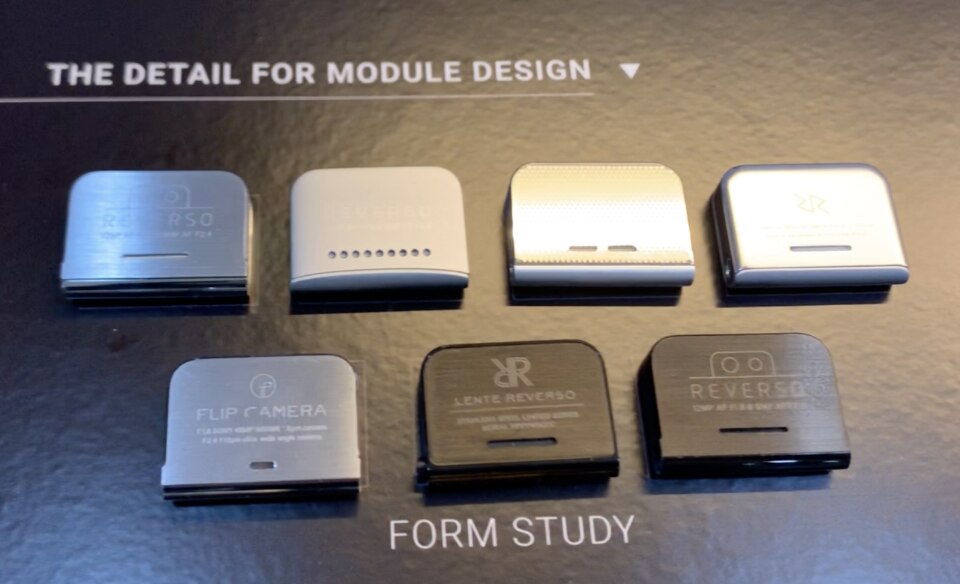
Have you ever had a moment, during the development of this product, when you stopped and said “ok that’s it, this is too difficult, we give up”?
Josh Yang: Oh, you mean, like, every week? (*laughs*) There were so many problems coming up all the time! We were dreading each conference call. Every single week, for the last seven months, there’s been problems we were sure we couldn’t solve. And yet, here we are. It feels almost impossible.
Was the notch a “plan B”? Just in case achieving a working Flip Camera wouldn’t be possible?
Pott Tai: No. It’s been clear for some years now that the trend is towards phones with a full screen and no notches, but of course you still need a front camera. As you have seen before in our design table where we laid down all the discarded ZenFone 6 prototypes, we went through many design options too. We were sure from the beginning that we didn’t want a hole, a teardrop notch or anything else like that. It has been a tough problem to solve, but I think that what we achieved with the Flip Camera is quite remarkable: the front camera *is* the rear camera, and viceversa. We kind of destroyed the physical barrier between the front and the back of the device.
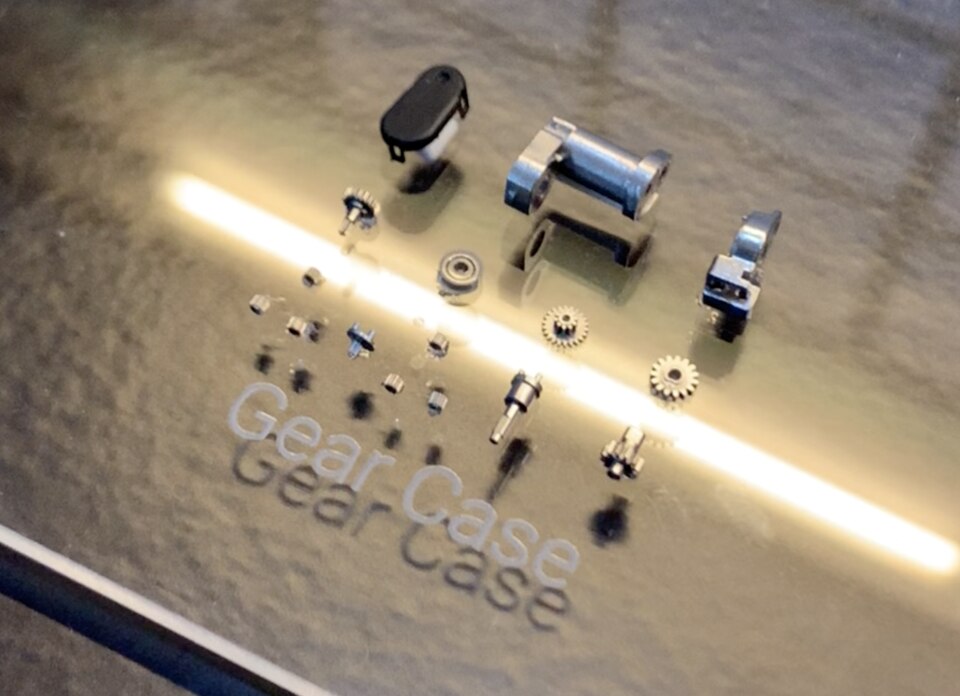
Design wise, where do you think smartphones are headed in the next couple of years?
Josh Yang: I think it’s an interesting time for smartphones’ design, because the full screen problem can be solved in many different ways. Different vendors will have different ideas and many different and creative solutions. I think we will see a general shift towards this trend for almost every device from every manufacturer.
What about foldable smartphones? Do you think that devices with bendable displays are a promising trend?
Josh Yang: Honestly, not anytime soon. The devices we’ve seen so far are way too expensive and don’t solve any real pain point for the user. I see them simply for what they are: a marketing stunt. It’s just two companies flexing their marketing muscle very hard to try and impress each other’s customers.
This interview was edited for brevity and clarity.
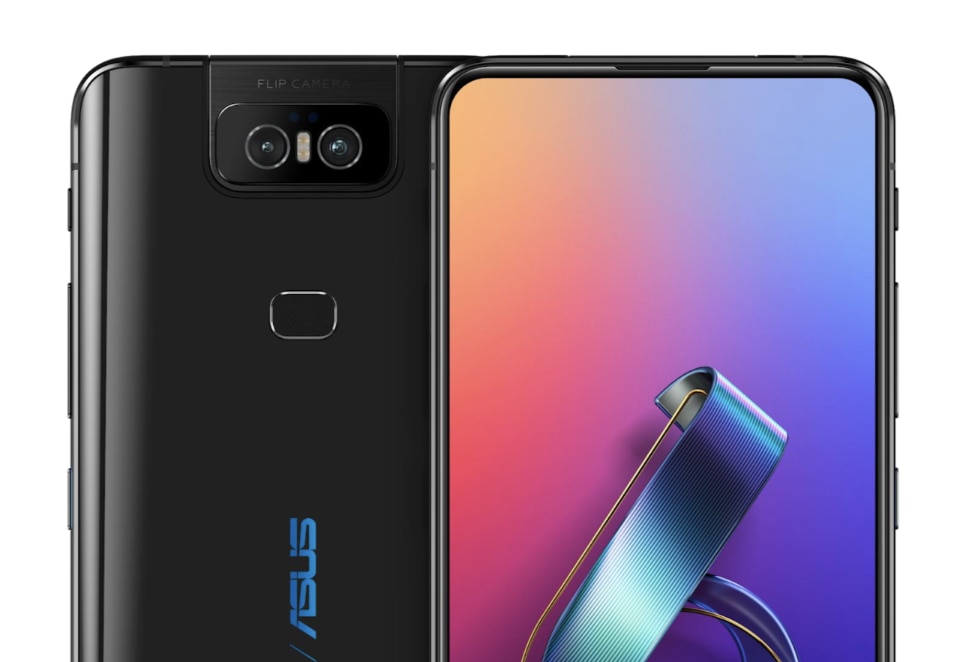
- Brand:
- Asus
- Product:
- Zenfone 6
- Year:
- 2019


